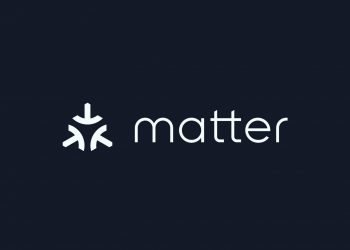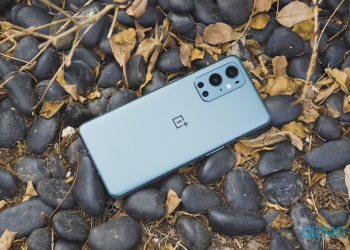Blockchain technology is a buzzword in the technology arena around the world. This new technology has given a major push to industries like payments, cybersecurity, and healthcare. It promises to reduce risk and fraud and brings transparency to a variety of use cases.
As the name suggests, blockchain is chain of blocks, where each block contains information of transactions or data stored by a network of people. In layman’s terms, blockchain technology is a shared data storing system in which each user holds a key to access the data. This data can be updated only if every user involved in the system agrees to the change. Blockchain creates a network of users who can talk to each other directly without involving any middlemen.
Blockchain is simply referred to as distributed ledger, where a complete ledger is accessible to a network of users who have rights to participate in that network. Hence, blockchain technology is also called Distributed Ledger Technology (DLT). Any data stored on the blockchain is cryptographically secure and it is almost impossible to change the data that is stored on the blockchain.

Check out the ASUS ROG Strix G17 (2021) Gaming Laptop, 17.3” 144Hz IPS Type FHD, NVIDIA GeForce RTX 3050 Ti.
How Does Blockchain Technology Work?
The first block in any blockchain is created by nodes. Nodes are block creators or block signers that create, validate, and digitally signs the transaction within the first block. The transaction has to be validated by a majority of the users/peers participating in the blockchain network. Once it is validated the first block is created in the chain.
A block contains:
- Data encrypted in the block
- Hash address of the block: A 256-bit, 64 character length value unique to each block which identifies a block and all its contents
- Nonce: An arbitrary number to differentiate the block’s hash address
- Previous Hash: Hash address that locates the previous block
Hash is permanent and cannot be changed. If someone tries to tamper with the data on a block in a blockchain, the hash of the block will change. Therefore, the previous hash on the following block will be invalid. This will cause the other blocks in the chain to be invalid as well.
Check out the SAMSUNG Galaxy S21+ Plus 5G Factory Unlocked Android Cell Phone.
Mining
A new block on the blockchain is created by mining. Miners create new blocks using a special software to solve a complex math problem of finding a nonce that generates an accepted hash. Because the nonce is only 32 bits and the hash is 256, there are approximately four billion possible nonce-hash combinations that must be mined to find the right hash. Once a miner finds the right nonce his/her block is added to the blockchain.
When a new block is added to the blockchain, the block is sent to every node on the network. Each node will verify the block to rule out any possibility of any falsification. Upon validation, they add the block to their copy of the blockchain. For validation, nodes will receive a reward in the form of digital coins like Bitcoin(BTC). Until a majority of the nodes on the network validates a new block, it cannot be added to the blockchain.
Check out the Samsung Galaxy A21S 64GB, 4GB, Quad Camera, All-Day Battery phone.
Blockchain Security
Since computer systems of the today's world are very advanced, people can tamper with the data on the blockchain, recalculate the hashes for the following blocks and make the blockchain valid again.
What ensures the security of a blockchain is its decentralization feature. Data on a particular blockchain is shared between network nodes located at different places. Every node has a copy of the data contained on each block. In case they detect a change in the data, they crosscheck it with their individual copies for validation. Blocks that are tampered with are rejected by the nodes.
Check out Lenovo IdeaPad Duet 5 Chromebook, OLED 13.3" FHD (1920 x 1080) Touch Display, Snapdragon SC7180.
We hope you love our reviews! For your information, we do earn money from commission in the link in the content! For more information click here!













